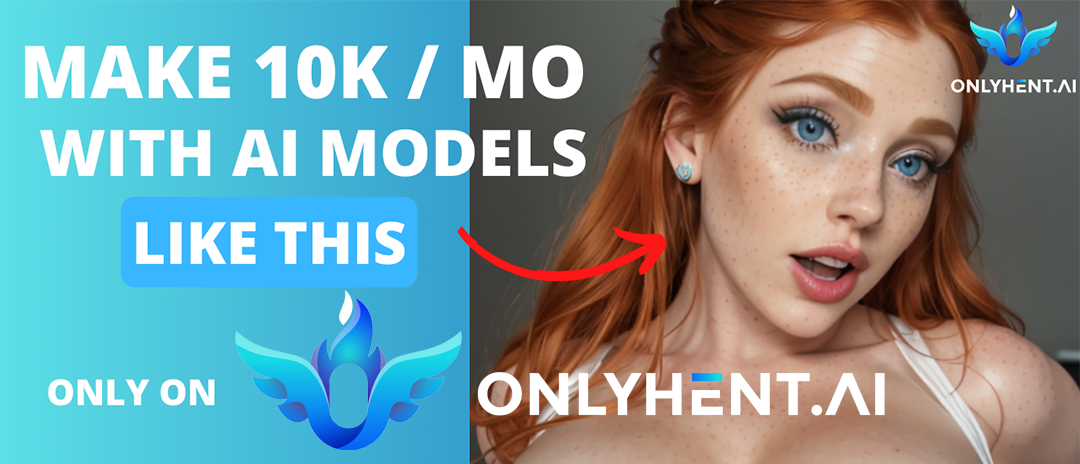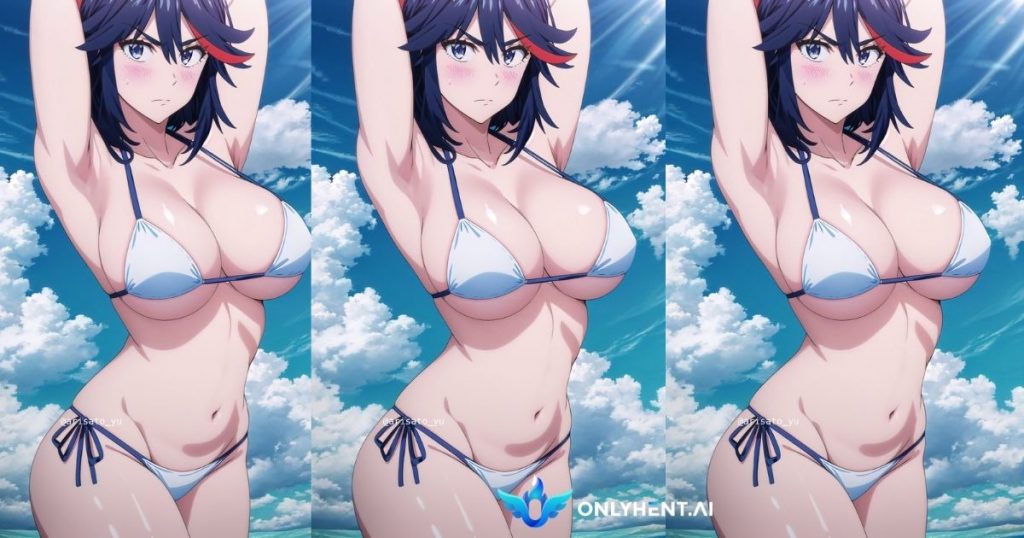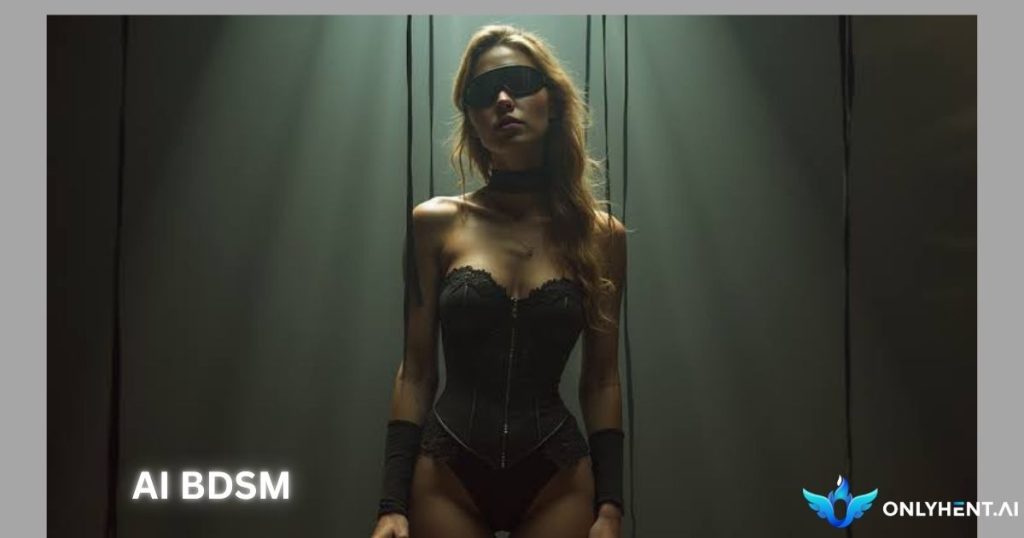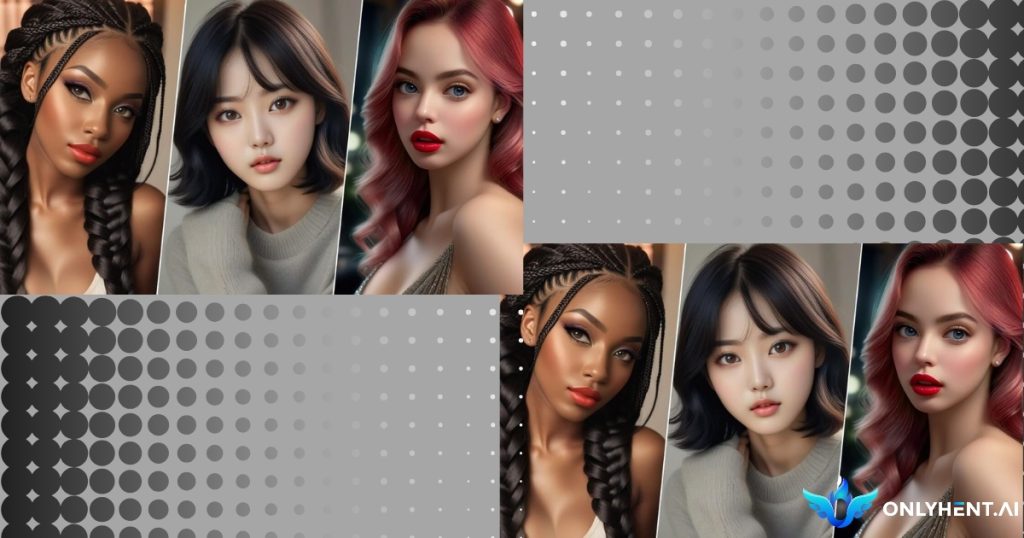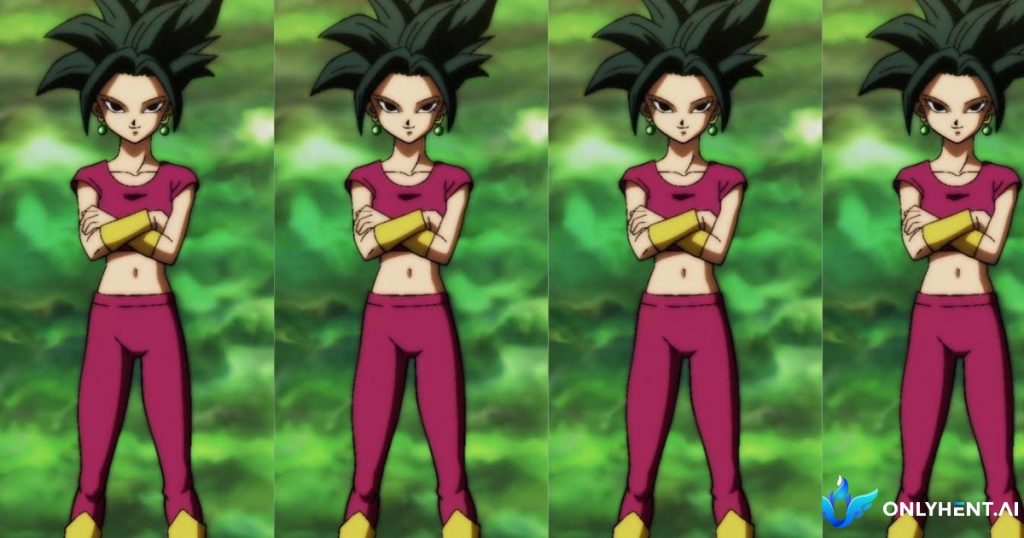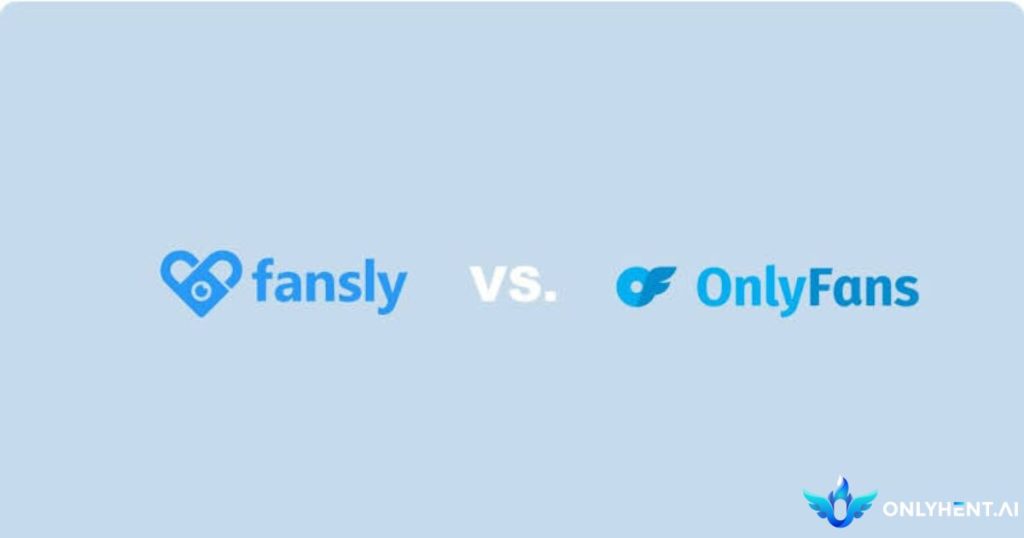Imagine a magical paintbrush that listens to your words and breathes life into them with mesmerizing visuals. That’s the essence of Stable Diffusion, a cutting-edge text-to-image AI model that has revolutionized the art world. Just feed it a description, a keyword, or even a spark of inspiration, and watch as it conjures up breathtaking pictures, paintings, and even 3D scenes, tailored to your wildest dreams.
But amidst this boundless landscape of artistic possibilities, one domain has ignited a passionate following: anime. With its captivating characters, captivating narratives, and immersive worlds, anime has taken the world by storm. Naturally, Stable Diffusion users craved the ability to recreate this beloved art form within the magic of their digital canvases. Enter Stable Diffusion Anime Models: specialized versions meticulously trained on mountains of anime data, allowing you to express your inner anime artist with unparalleled precision and authenticity.
Why Choose Anime Models?
While the base Stable Diffusion model excels at generating diverse visual styles, anime models offer a distinct advantage: a deep understanding of anime’s unique language. This specialized training empowers them to:
Render expressive details: From shimmering eyes and flowing hair to dynamic action sequences and fantastical landscapes, anime models capture the essence of the genre with remarkable accuracy.
Consistently adhere to conventions: Say goodbye to stylistic inconsistencies! Anime models understand the proportions, color palettes, and linework that define the anime aesthetic, ensuring every creation feels authentic.
Unlock a wider range of possibilities: Forget about wrestling with the base model to achieve anime-specific details. Anime models come primed for action, making intricate character designs and fantastical scenes effortless to generate.
Fine-Tuning a Stable Diffusion Model for Anime
To create an anime model, the process involves fine-tuning a base Stable Diffusion model. The initial model, designed for general image generation, is adapted to capture the distinctive features of anime. This fine-tuning process entails adjusting parameters and weights to align with the unique visual elements, such as exaggerated facial expressions and vibrant colors, characteristic of anime art. By specifically tailoring the Stable Diffusion model to the anime genre, the resulting model becomes proficient in generating images that resonate with the aesthetic preferences of anime enthusiasts.
Influence of Datasets on Anime Model’s Style and Capabilities
The datasets used for fine-tuning play a pivotal role in shaping the style and capabilities of Stable Diffusion Anime Models. Curated datasets comprising diverse anime images enable the model to grasp the nuances of different art styles, character designs, and scene compositions.
Exposure to a wide range of anime content ensures that the model can generate images consistent with the varied visual tropes present in the anime genre. The choice of datasets thus significantly impacts the model’s ability to replicate specific artistic styles and produce content that aligns with the expectations of the anime community.
Role of Hypernetworks and Textual Inversions in Anime Model Performance
Hypernetworks and textual inversions contribute substantially to enhancing the performance of Stable Diffusion Anime Models. Hypernetworks, through their ability to dynamically adjust model parameters during generation, enable the model to capture intricate details and nuances specific to anime art. Textual inversions, by converting textual descriptions into visual elements, allow users to guide the model’s output with specific instructions. These techniques empower users to have finer control over the generated anime images, ensuring that the model not only adheres to the genre’s aesthetics but also aligns with user preferences and creative input.
Exploring Emerging Techniques: Aesthetic Gradients and LORAs: Stable Diffusion Anime Model
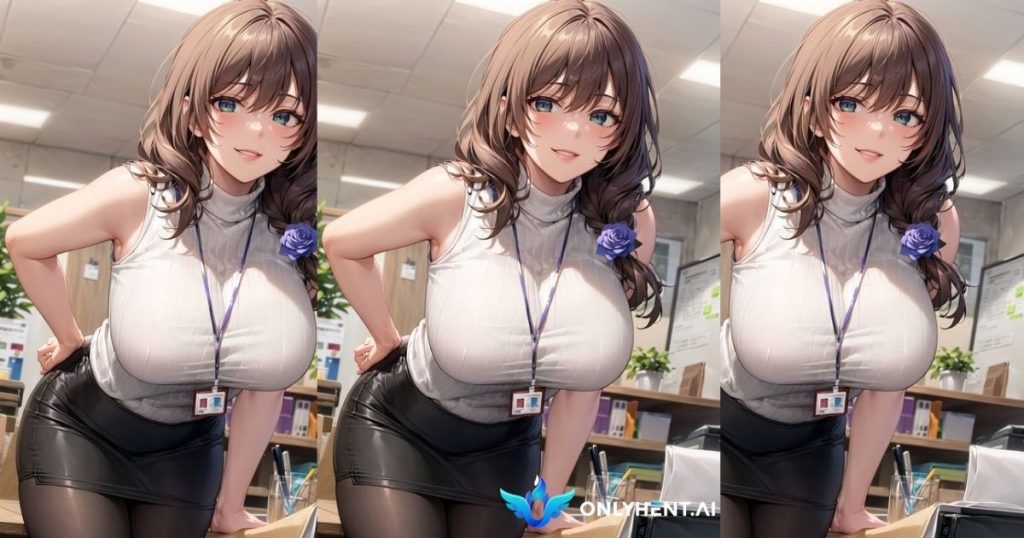
Emerging techniques such as Aesthetic Gradients and LORAs (Latent Optimized Randomized Adversaries) further contribute to the customization of Stable Diffusion Anime Models. Aesthetic Gradients introduce a novel approach to training models by emphasizing the optimization of visual appeal throughout the training process. This ensures that the generated anime images not only adhere to the genre’s conventions but also exhibit a heightened aesthetic quality. On the other hand, LORAs introduce randomness in latent space optimization, promoting diversity and uniqueness in generated content. These techniques open new avenues for tailoring anime models to specific artistic preferences and exploring a broader spectrum of creative possibilities within the anime genre.
Categories of Popular Anime Stable Diffusion Models
Popular anime Stable Diffusion models can be categorized based on their strengths and focus areas. These categories often revolve around specific artistic elements such as portraiture, action scenes, or adherence to particular art styles. This classification allows users to choose models that align with their preferences, whether they seek versatility in style, emphasis on specific scenes, or a unique interpretation of anime aesthetics.
Anything V3 and V5: Versatile Style with Expressive Compositions
Anything V3 and V5 stand out among Stable Diffusion Anime Models for their versatile styles and expressive compositions. These models excel in generating a wide range of anime scenes, from character portraits to dynamic action sequences. They adapt seamlessly to different art styles, capturing the essence of diverse anime genres.
The strengths of Anything V3 and V5 lie in their ability to produce visually engaging and emotionally expressive compositions. While these models may lack the specialized focus of some counterparts, their versatility makes them a popular choice for users seeking a broad spectrum of anime-inspired imagery.
Pastel Mix Stylized Anime: Unique, Soft Textures and Subtle Messiness
The Pastel Mix Stylized Anime model distinguishes itself with its unique approach to textures and subtle messiness. This model leans towards a softer, pastel-infused aesthetic, providing a distinctive visual experience. It excels in producing images with gentle gradients, creating an atmosphere of warmth and charm. The strengths of this model lie in its ability to capture the softer side of anime art, appealing to those who appreciate subtlety and nuanced visual storytelling. However, its specialization in a particular style may limit its applicability for users seeking diverse anime representations.
Counterfeit V3: Dynamic Action Scenes with Chromatic Aberration
Counterfeit V3 specializes in generating dynamic action scenes with a notable emphasis on chromatic aberration. This model excels in conveying the intensity and energy of anime battles and fast-paced sequences. The chromatic aberration effect adds a unique and vibrant touch to the generated images, enhancing the overall visual impact.
Counterfeit V3’s strengths lie in its ability to create visually striking action-oriented content, making it a preferred choice for users focused on dynamic storytelling. However, its specialization may limit its suitability for those seeking models with a broader range of artistic expressions.
Waifu Diffusion v1.4: Open-Source and Popular for Character Design
Waifu Diffusion v1.4 stands out as an open-source Stable Diffusion Anime Model popularly utilized for character design. This model is well-regarded within the community for its ability to generate anime-style characters with diverse traits and personalities. Its open-source nature encourages collaboration and further development within the anime art community. Waifu Diffusion v1.4’s strengths lie in its accessibility, versatility for character creation, and the collaborative spirit it fosters. However, its focus on character design may limit its suitability for users seeking models with a broader scope, such as scene generation or specific art styles.
Other Notable Models Based on Community Interest and Innovation
Beyond the aforementioned models, there are other notable Stable Diffusion Anime Models gaining recognition based on community interest and innovative features. These models often introduce unique elements, pushing the boundaries of anime art generation. The community’s enthusiasm for these models stems from their ability to offer fresh perspectives, novel techniques, or address specific artistic niches. While not exhaustive, exploring these models allows users to discover evolving trends and cutting-edge approaches within the dynamic landscape of anime art generation.
Practical Guidance for Beginners and Intermediate Users: Stable Diffusion Anime Model
For beginners and intermediate users, exploring Stable Diffusion Anime Models can be an exciting journey. Start by experimenting with versatile models like Anything V3 and V5 to get a feel for different styles. Focus on understanding basic prompts and gradually advance to more specific instructions. Utilize user-friendly interfaces and guides provided by the community to enhance the learning process. As you gain confidence, consider delving into specialized models like Pastel Mix Stylized Anime or Counterfeit V3 to explore unique visual aesthetics and themes.
Addressing Common Challenges with Anime Models
Common challenges encountered when working with Stable Diffusion Anime Models include issues with anatomical accuracy and hair rendering. To overcome these, provide detailed prompts specifying desired character features, poses, and expressions. Experiment with variations in prompts to refine the model’s output. Community forums and tutorials often offer valuable insights into addressing specific challenges. Collaborate with fellow users to share experiences and solutions, fostering a supportive environment for overcoming common stumbling blocks in anime model generation.
Effective Prompt Engineering Techniques: Stable Diffusion Anime Model
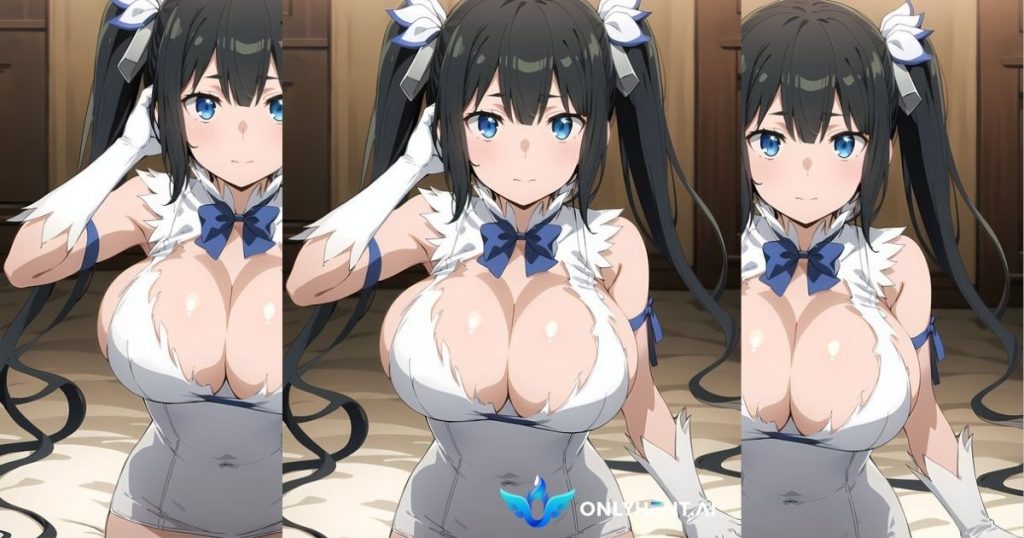
Effective prompt engineering is crucial for achieving desired results with Stable Diffusion Anime Models. Be specific in your prompts, detailing aspects such as character traits, emotions, and scene descriptions. Experiment with prompt variations to fine-tune the model’s response. Use reference images or textual descriptions to guide the generation process. Gradually refine your prompts based on feedback and iteratively adjust them to achieve the desired artistic outcome. Continuous experimentation and refinement of prompts are key to unlocking the full potential of these models.
Tools and Resources for Using Anime Models
Utilizing Stable Diffusion Anime Models is made more accessible through user-friendly interfaces and cloud platforms. Many models come with dedicated graphical user interfaces (UIs) that simplify the generation process, allowing users to interact with the model without the need for extensive coding knowledge. Additionally, cloud platforms provide convenient access to pre-trained models, reducing the computational burden on individual users. Explore these tools and resources to streamline your experience with anime models and enhance the efficiency of your creative workflow.
Advanced Techniques for Experienced Users
Experienced users can further enhance their creative process with advanced techniques when working with Stable Diffusion Anime Models. Incorporate image editing tools to refine generated outputs, adjusting colors, contrasts, and details as needed. Explore chain-of-threads techniques, a method where multiple prompts are used sequentially to guide the model’s progressive refinement. This approach allows for more intricate and nuanced control over the generated content. Experiment with these advanced techniques to push the boundaries of creativity and achieve highly customized and refined anime-inspired images.
Potential Biases and Harmful Content Generation
Stable Diffusion Anime Models, like any AI technology, may inadvertently generate biased or potentially harmful content. Biases in training data can influence the model’s output, leading to underrepresentation or misrepresentation of certain characters or themes. Users should be mindful of the potential for biased results and take steps to address and rectify such issues. Responsible training data curation and ongoing model evaluation are essential to mitigate biases and ensure the ethical use of Stable Diffusion Anime Models.
Importance of Responsible Usage and Avoiding Stereotypes
Responsible usage of Stable Diffusion Anime Models is paramount to avoid perpetuating harmful stereotypes. Users should exercise caution when crafting prompts to prevent the unintentional reinforcement of stereotypes related to gender, ethnicity, or other cultural aspects.
A conscientious approach to prompt engineering, coupled with awareness of potential biases, helps contribute to the creation of diverse and inclusive anime-inspired content. By promoting responsible usage, the anime community can foster a more positive and respectful representation of characters and themes.
Impact on Art Communities and Copyright Concerns
The advent of Stable Diffusion Anime Models has had a profound impact on art communities, enabling creators to explore new avenues of expression. However, concerns related to copyright infringement and intellectual property rights arise as generated content may closely resemble existing characters or artworks.
Artists and communities must navigate these concerns responsibly, respecting the original creators’ rights. Clear attribution, adherence to copyright guidelines, and fostering a collaborative atmosphere within the community can help address these ethical considerations and maintain a healthy creative ecosystem.
Creative Potential for Education, Storytelling, and Accessibility
Stable Diffusion Anime Models also hold significant creative potential for education, storytelling, and accessibility. In educational settings, these models can be utilized to visually illustrate concepts, aiding in comprehension and engagement. They offer storytellers a powerful tool for visualizing narratives, creating compelling visuals to accompany written or spoken stories.
Moreover, the accessibility of these models democratizes artistic expression, allowing individuals with varying levels of artistic skill to generate visually captivating anime-inspired content. By harnessing this potential responsibly, Stable Diffusion Anime Models contribute positively to artistic exploration, learning, and accessibility within the broader creative community.
Conclusion
In conclusion, anime Stable Diffusion models represent a transformative force in the realm of digital art generation. Their versatility, showcased by models like Anything V3 and V5, Pastel Mix Stylized Anime, Counterfeit V3, and Waifu Diffusion v1.4, empowers creators to explore diverse styles and themes within the anime genre. The ethical considerations discussed underscore the importance of responsible usage, prompting users to be mindful of biases, avoid stereotypes, and navigate copyright concerns conscientiously.
Looking ahead, the future of anime AI image generation holds exciting possibilities. As technology evolves, it’s anticipated that advancements in training methodologies and model architectures will continue to refine the capabilities of Stable Diffusion Anime Models. Emerging trends like Aesthetic Gradients and LORAs showcase the dynamism within this field, offering a glimpse into the innovative directions anime AI image generation may take.
This concludes by encouraging creators, both beginners and experienced users, to embrace the potential of anime Stable Diffusion models. The collaborative and supportive nature of the anime art community, coupled with the diverse tools and resources available, provides a rich environment for exploration and experimentation.
As we move forward, it’s essential to approach these tools with a sense of responsibility, ensuring that the creative landscape they shape remains inclusive, respectful, and aligned with ethical considerations. With the continued evolution of Stable Diffusion Anime Models, the journey of artistic expression in the anime genre promises to be an ever-evolving and rewarding experience.
Checkout detailed information on anime boobs.
-
Categories of Popular Anime Stable Diffusion Models
- Anything V3 and V5: Versatile Style with Expressive Compositions
- Pastel Mix Stylized Anime: Unique, Soft Textures and Subtle Messiness
- Counterfeit V3: Dynamic Action Scenes with Chromatic Aberration
- Waifu Diffusion v1.4: Open-Source and Popular for Character Design
- Other Notable Models Based on Community Interest and Innovation
- Practical Guidance for Beginners and Intermediate Users: Stable Diffusion Anime Model
- Addressing Common Challenges with Anime Models
- Effective Prompt Engineering Techniques: Stable Diffusion Anime Model
- Tools and Resources for Using Anime Models
- Conclusion


